What is Sound Design? Imagine settling down for a movie night. The scene opens with a quiet town, but there’s no chirping of crickets, no distant barking of a dog, just silence. A character walks through a forest, but there’s no crunch of leaves underfoot, no whisper of wind through the trees. Later, there’s a dramatic showdown at a train station, but the haunting hoot of the approaching train is eerily absent. It feels off, right? Like you’re watching a painting rather than a living, breathing story. That’s the magic of sound design – it’s the heartbeat of any visual story, the layer that brings everything to life.
Sound design is like the invisible thread weaving through a tapestry, often unnoticed but utterly essential. It’s the distant church bell that adds eeriness to a horror scene, the gentle lullaby that makes a mother-child moment tear-jerking, or the roar of a spaceship’s engine that sends shivers down your spine in a sci-fi epic.
Table of Contents
What is Sound Design?
At its core, it’s the art of creating an auditory world that complements the visual narrative. It’s not just about adding noises; it’s about choosing the right sound at the right moment. It’s the meticulous craft of recording, editing, and mixing sounds to evoke emotions, set the mood, and immerse the audience in the story.
Think of your favorite movie moments. The tension as the shark’s theme plays in “Jaws,” the heartbreak in the silence after a dramatic dialogue, or the triumph in the crescendo of an epic battle scene. All these emotions are amplified, if not created, by sound design.
Sound design is the art and practice of creating, recording, and manipulating audio elements to tell a story in your ear holes. It’s an essential aspect of storytelling in films, TV shows, radio, podcasting, video games, theatre, and even live performances. The primary goal of sound design is not just to add sound but to evoke emotions, enhance narratives, and immerse audiences in a world that feels both authentic and engaging, like what Nickelback try to do.
Key Elements of Sound Design
Dialogue: This is the spoken word, the conversations between characters, or the narration guiding a story. Clear dialogue ensures the audience understands the plot and connects with the characters.
Ambient Sounds: These are the background noises that set a scene’s atmosphere. It could be the gentle hum of a city, the chirping of birds at dawn, or the eerie silence of an abandoned house.
Sound Effects (SFX): These are specific sounds synchronized to on-screen actions or events, like a door slamming, a car screeching to a halt, ball being kicked, dog barking, robot exploding, phone ringing you get the idea!
Foley: This involves creating and recording custom sound effects in a studio. Artists, known as Foley artists, use various props to mimic sounds like footsteps on gravel, rustling clothes, or clinking glasses. Fun fact – it was originally named after Jack Foley, who was a pioneer in the field. Jack just loved getting his feet in the mud and recording footsteps!
Music: Whether it’s an original score or a chosen track, music sets the emotional tone of a scene.
Why is Sound Design Important?
Sound design adds depth to visual storytelling. It makes scenes more realistic and engaging. For instance, in a suspenseful movie, the sound of creaking floorboards can heighten tension, making viewers grip their seats. In video games, sound design enhances player immersion, making virtual worlds feel alive and dynamic. And in radio and podcasting it’s even more important, as there are no pictures doing the heavy lifting.
Sound design isn’t just about adding noise; it’s about choosing the right sound at the right moment to convey a message, emotion, or idea. It’s a delicate balance of art and science.
Sound design is a fascinating and crucial field in media production. It’s the invisible thread that weaves stories together, making them resonate with audiences. So, the next time you’re engrossed in a movie or game, take a moment to close your eyes and listen. You’ll discover a world crafted meticulously, one sound at a time.
Getting Started …
So, you’ve got this cool project and you’re thinking, “I want to jazz it up with some sound!” Awesome choice. First things first, what’s your vibe? Are you creating a spooky short film, a fun animation, or maybe a gripping podcast? Pin down the mood you’re going for. Do you want your audience to laugh, cry, or jump out of their seats? Start planning here.
Now, here’s a fun part: get inspired! Binge-watch movies, play some video games, or listen to other projects similar to yours. Notice the sounds? The background music, the chirping birds, the dramatic door slams? That’s your goldmine right there. Take notes about what you love and think about how you can make it your own. IE, steal ideas!
Next .. you don’t need a fancy studio, but a few basics will go a long way. Grab a decent microphone and some good headphones. And for all the magic mixing and editing, get yourself a software tool, something like Audacity (it’s free!) or if you’re feeling fancy, maybe Pro Tools or Ableton Live. See more here.
With your gear ready, it’s time to make a sound checklist. Think of all the sounds you’ll need. Footsteps? Raindrops? Laughter? Once you’ve got your list, it’s recording time! And hey, if you can’t capture a particular sound, there’s no shame in using sound libraries. Sites like Freesound.org are packed with cool sounds waiting to be discovered.
Now, roll up your sleeves for some editing fun. Whack everything you’ve recorded your software and play around with it. Trim, adjust, layer, and maybe add some funky effects. This is where you can let your creativity run wild.
And hey, don’t forget the tunes! Music sets the mood like nothing else. If you’re not whipping up your own beats, there are tons of places to find catchy tracks that won’t break the bank.
In a nutshell 🥜 …
Sound design is all about experimenting. So, give your project the sound it deserves! 🎧🎶🚀
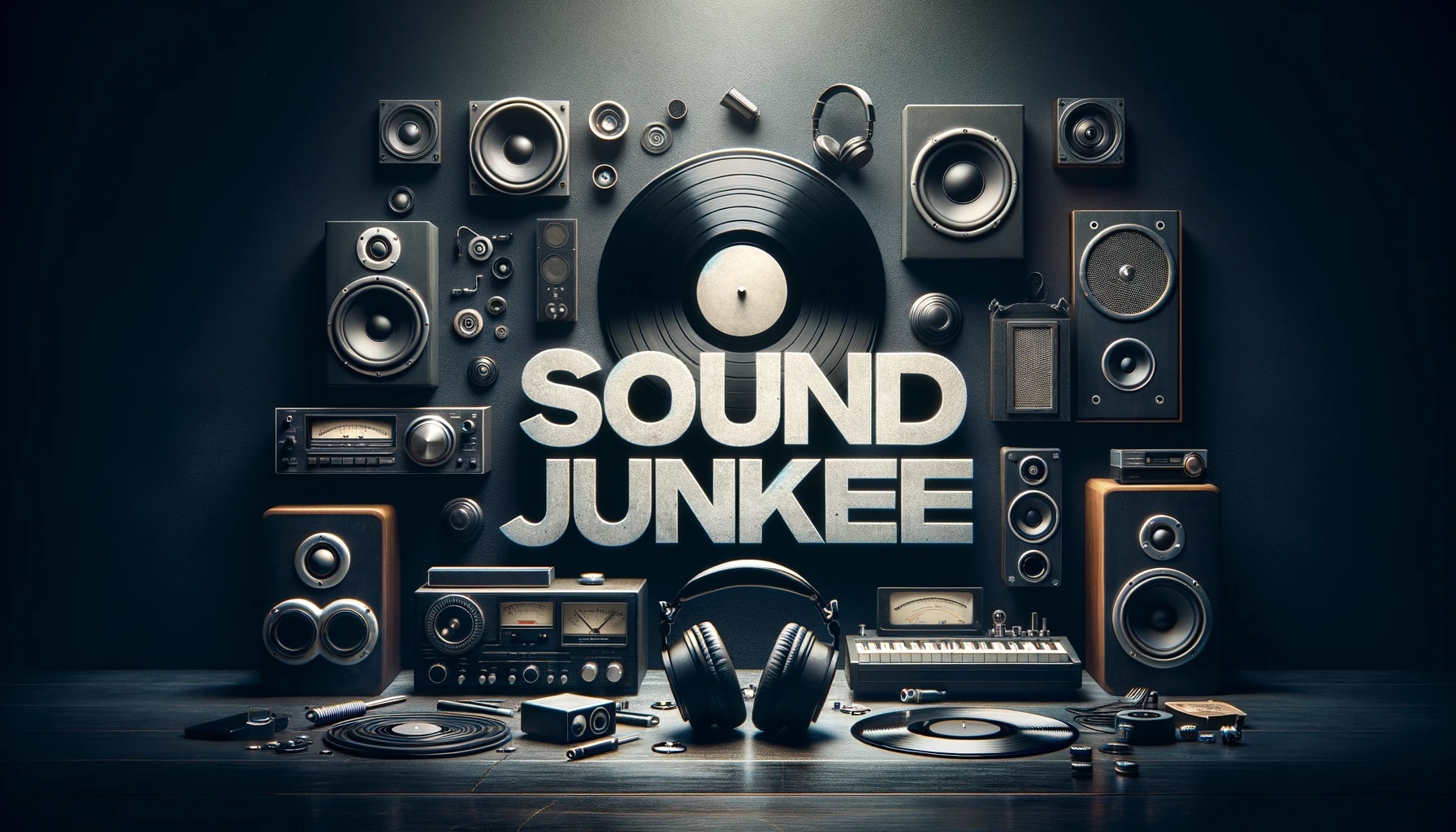

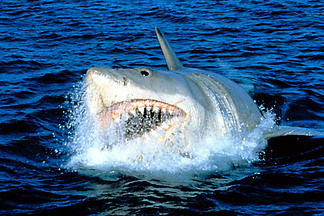
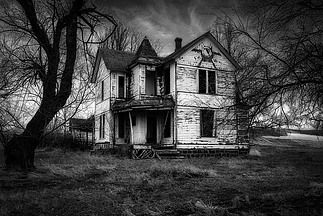

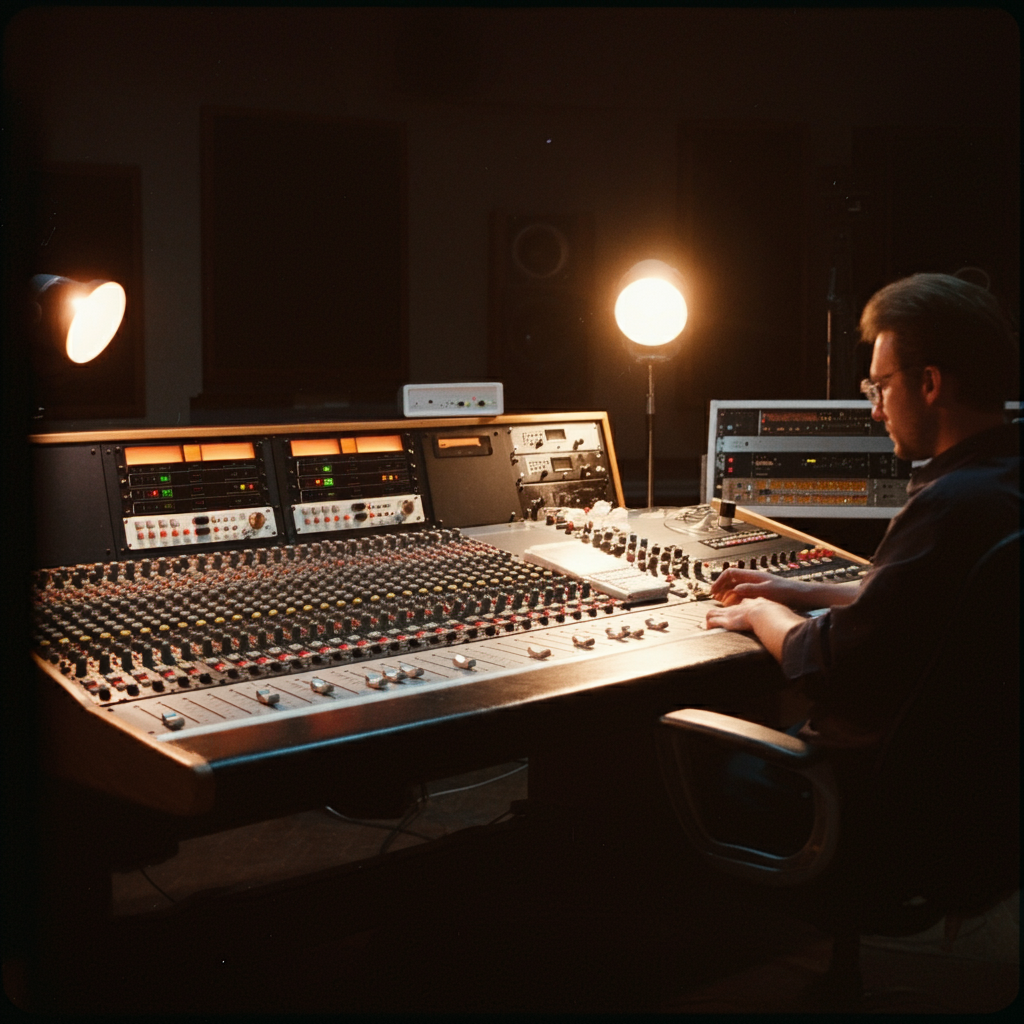
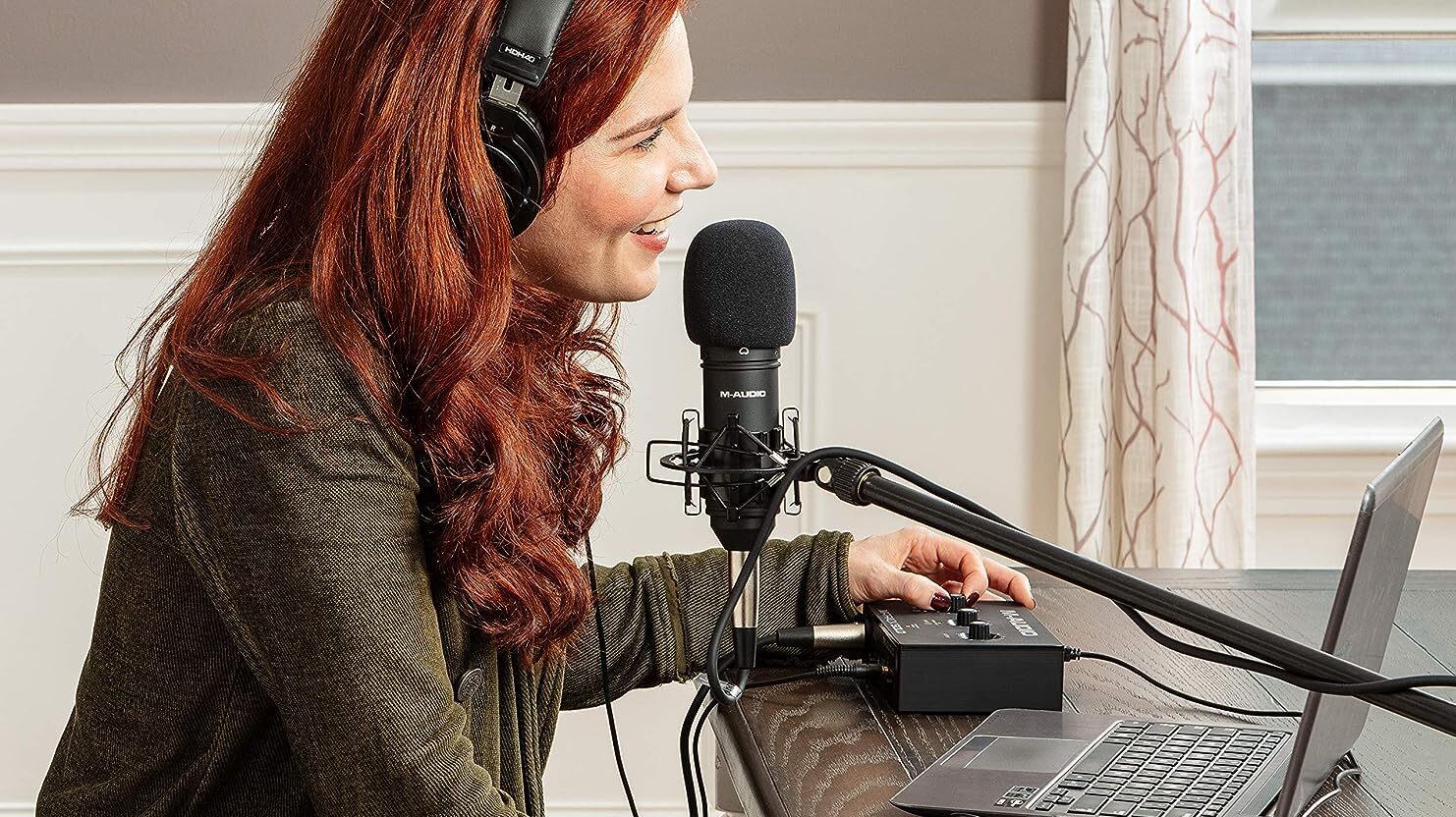
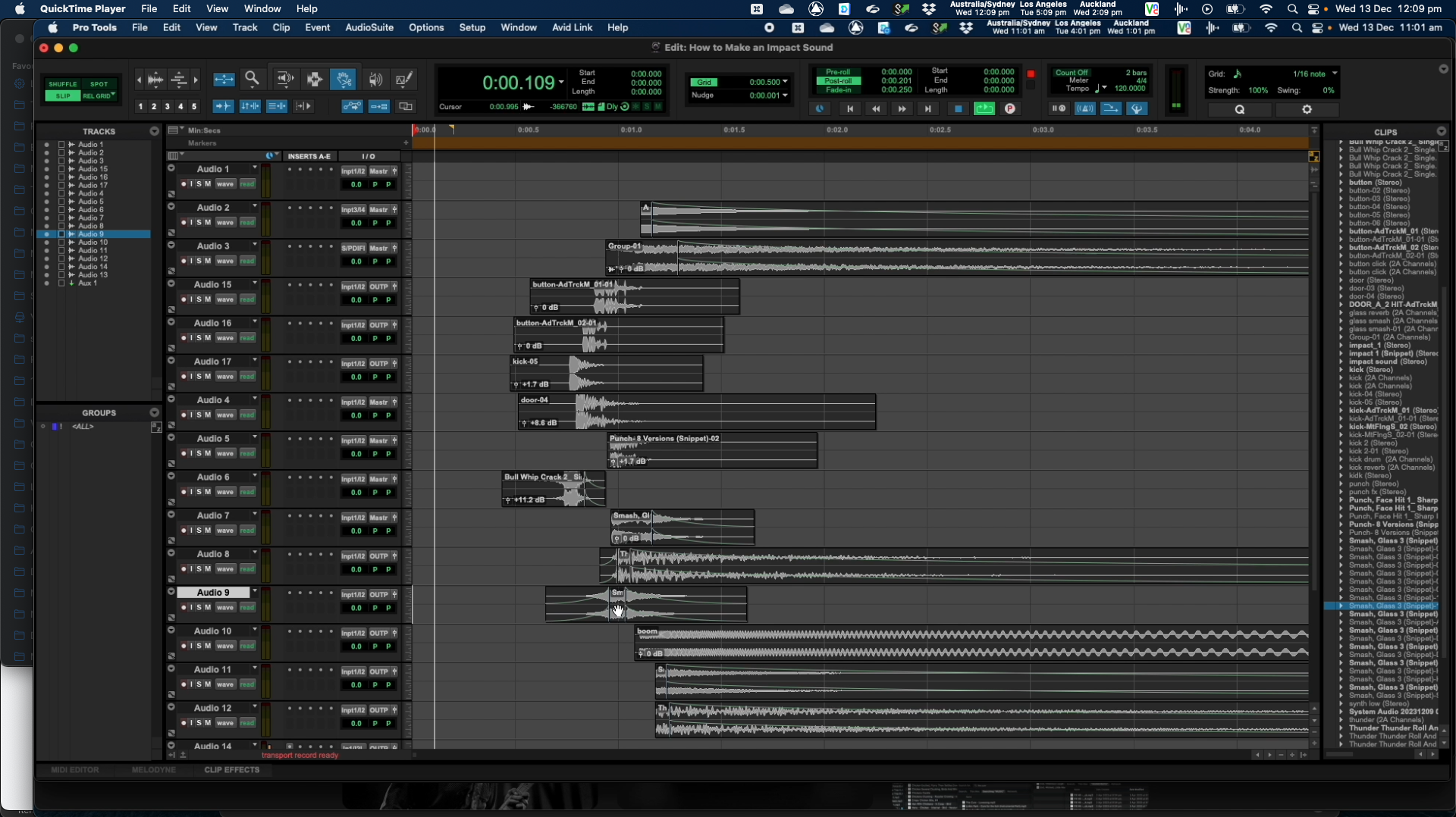
That’s a very interesting topic! I didn’t know that sound design was that important in movies. I’ve always assumed that this was the true sound and that you didn’t need so many engineering skills! I’m learning something today. It’s amazing what you can do by adding little touches to the mix.
Thank you. Yes, there’s a lot more going on behind the scenes than you realise. Sound design is a never ending learning curve. Thanks for reading!